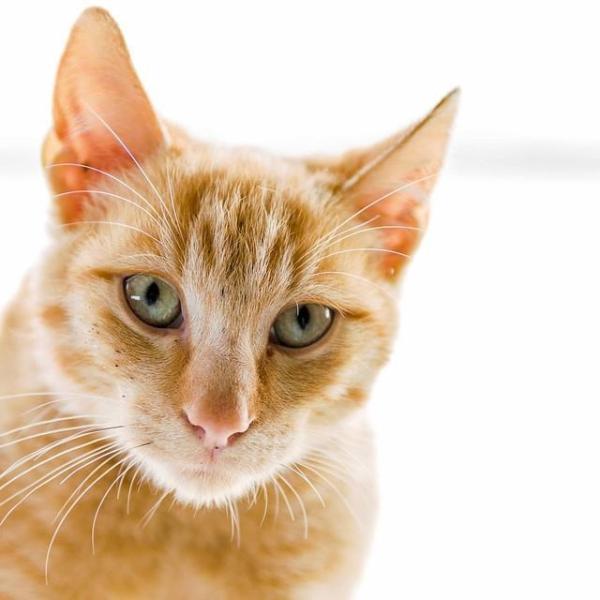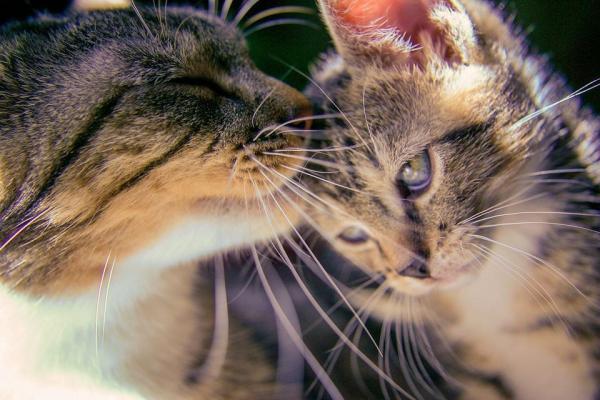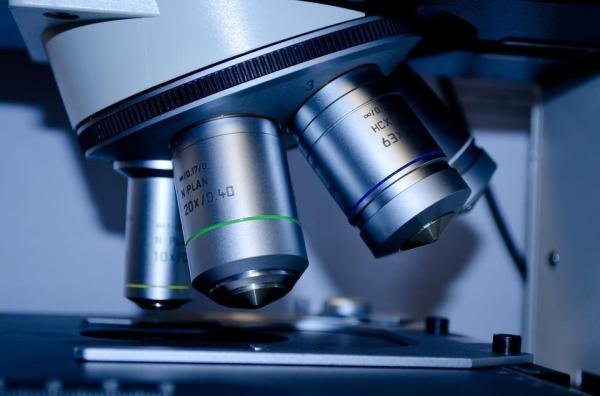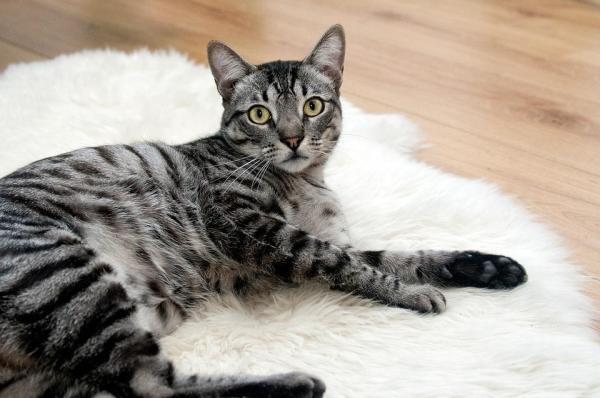Mastitis in Cats - Symptoms and Treatment



See files for Cats
A home is rarely as full of tenderness as when a cat has given birth to her litter and is caring for her kittens. The mother's lactation and attention will be hugely important during the first three weeks for the proper development of the kittens. The owner also needs to pay close attention to the mother in order to keep her in a good state of health and meet her requirements.
Some common health problems can arise after a cat's pregnancy - in the postpartum period - and it's important that the owner is informed about them in order to detect any disorder as soon as possible, because treating the condition in time is hugely important for the cat's recovery.
In this AnimalWised article, we will tell you about the symptoms and treatment of mastitis in cats.
What is mastitis?
Mastitis is defined as an inflammation of the mammary glands, with the number of affected glands varying from case to case. While this is a common problem during the postpartum period, it can arise for other reasons.
The death of a kitten, an abrupt weaning, lack of hygiene or the suction of the kittens themselves are among the factors which may predispose the onset of mastitis.
Mastitis is sometimes more than a simple inflammation; it can also entail an infection. In this case, the bacteria that most commonly affect cats are E. coli, staphylococci, streptococci and enterococci. The infection usually starts at the nipple and rises to the mammary glands. The mastitis can range from mild inflammation that barely presents any symptoms to a severe infection with gangrene, that is, the death of tissue owing to a lack of blood supply.
Symptoms of mastitis in cats
The symptoms of mastitis in cats are highly varied, depending on how serious it is. However, the following signs can be present in all cases:
- The litter doesn't put on enough weight, the usual rate being 5% of birth weight per day
- The cat doesn't want to suckle her kittens
- Moderate swelling of the glands, which appear to be hard, painful and sometimes ulcerated
- Formation of abscesses or gangrene
- Mammary discharges of blood or pus
- Milk of increased viscosity
- Anorexia
- Fever
- Vomiting
If you spot some of these symptoms in your cat you should go to the vet urgently, because mastitis can be very serious for both the mother and her kittens.

Diagnosis of mastitis
In order to diagnose mastitis, the vet will consider the pet's symptoms and complete medical background. However, the following diagnostic tests can also be performed:
- Cytology (cell study) of the mammary secretion.
- Collection of milk samples.
- Blood analysis; in the case of infection a rise in white blood cells will be noticeable, and in case of gangrene there will be platelet alteration.

Treatment of mastitis
Treating mastitis properly doesn't entail interrupting the kittens' lactation, which should last for at least 8 to 12 weeks. In fact, weaning is only reserved for those cases in which abscess or gangrenous mastitis are forming.
Continuing with the lactation will aid the drainage of the breasts, and despite the fact that the milk will be poorer and contaminated by antibiotics, this will not pose a threat for the kittens.
The vet will choose a broad-spectrum antibiotic to carry out the treatment, with the most common being the following:
- Amoxicillin
- Amoxicillin Clavulanic Acid
- Cephalexin
- Cefoxitin
Treatment will last approximately 2-3 weeks and you can carry it out at home, except for those cases where there is a widespread infection or sepsis.
In the case of gangrenous mastitis, you can resort to surgery to remove the necrotic tissue. The prognosis is good in most cases.

This article is purely informative. AnimalWised does not have the authority to prescribe any veterinary treatment or create a diagnosis. We invite you to take your pet to the veterinarian if they are suffering from any condition or pain.
If you want to read similar articles to Mastitis in Cats - Symptoms and Treatment, we recommend you visit our Pregnancy problems category.









